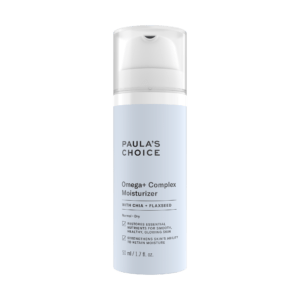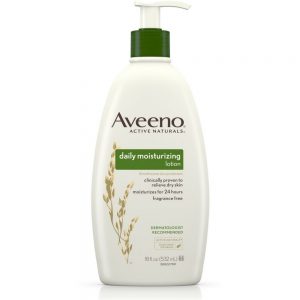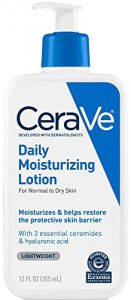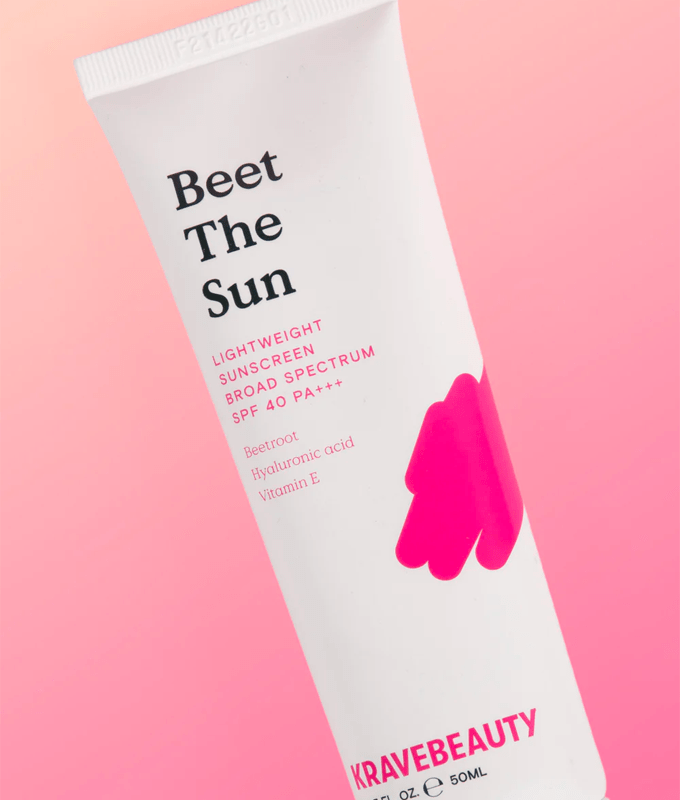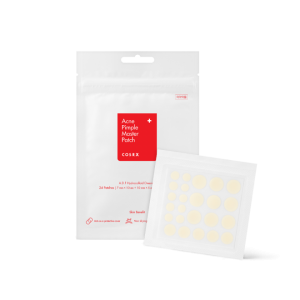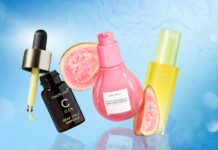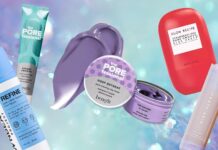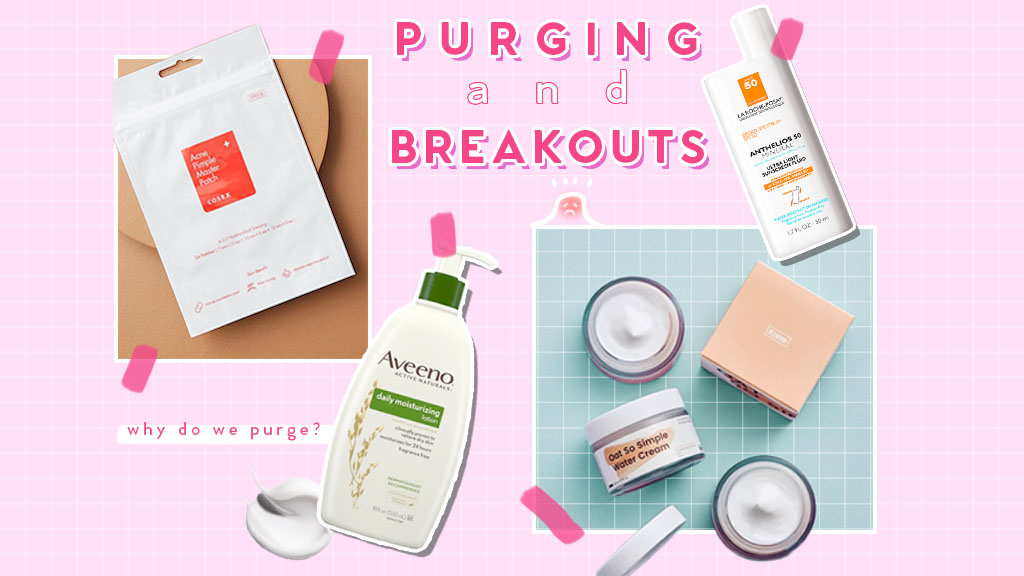
Blackheads, whiteheads, pesky pimples, and hyperpigmentation get in the way of clear and beautiful skin. But what happens when you use some products meant to treat them and…bam! You wake up in the morning with extra blemishes? It kind of makes you wonder if those red spots are a result of purging or a breakout.
So what is purging and how can we tell the difference between it with breakouts?
How is Purging Caused?
Apparently there’s a lot of debate over this topic within the skincare community. That’s why you’ll find some people say there’s no such thing, while others are nodding furiously. For us though, purging is definitely a legitimate thing and you’re not alone.
Skin purging is a common phenomenon that happens when you introduce a new product to your skincare routine. During this period, when your skin is adjusting to the ingredient, many comedones and pimples will pop up on your face.
You might think, “huh, this seems random.” but what you’re actually seeing is the result of rapid exfoliation and increased skin cell turnover. So if that’s the case, think about the products you’re using. If you’ve been using items containing enzyme exfoliants, AHAs and BHAs, Benzoyl peroxide, vitamin C, or physical exfoliators, you’re more likely to see those pesky small bumps.
What Does it Look Like?
It’s easy to mistake purging as breakouts because they both have similar appearances of small blackheads or red, inflamed pimples. But there’s a subtle difference between the two.
For the common breakout, you’re likely to see blemishes form from the dermis or middle layer of the skin. Those blemishes are the outcome of pores clogged with excess sebum and dead skin cells that grow and get inflamed.
But as we mentioned before, purging is the outcome of your skin reacting to products containing skin resurfacing ingredients. But another telltale sign is the location of the pustules. If you have oily or acne prone skin, you’re likely to see purging pustules group around areas where you break out the most. They can also appear near the area where you applied the product.
Why Purging Might Be Beneficial
This goes without saying: purging actually should be seen as a good thing. “What?” you might think. “How can pimples be a good thing? It’s going to stay all pus filled on my face!”
Well, yeah on the surface it seems like that, but it’s a whole different story under your skin. When you see purging happen, you can think of it as the skin giving itself an extra boost. Since the exfoliants help the skin to unclog and shed away those excess cells, you’re also pushing out all the bacteria and gunk from the deeper layers of the skin towards the surface. If you think about it, that is good news for you because your skin is actively trying to rid itself of the bad bacteria from the root.
But that’s also not to say that not everyone will experience skin purging. Some people can go their entire lives without purging, while others might find it as soon as they try on a new exfoliating serum or toner. For others, purging appears like the changing of seasons — it can show up one day or not show up on other days.
4 Tips to Follow
1. Avoid Picking
Just like how you handle a baby with care, learn to treat your skin with care! That means resisting the urge to pick at your purging pimples just like any breakout. Fight that urge!
You don’t want to irritate your face than it already is. Picking at your acne will extend the time for the purge and can potentially lead to permanent scarring. If it helps you, you can even try putting a pimple patch over the affected areas to help speed up the wound healing but also prevent your itchy fingers from popping them.
2. Avoid Drying Out
Another tip to follow is to avoid using drying products. This includes spot treatments and ingredients like benzoyl peroxide or salicylic acid. Just put them on hold during this time so that your skin can do its job.
3. Load Up on Moisturizers
Since your skin is in a sensitive state as it continues to shed itself of dead skin cells, you’re going to want to slather on basic moisturizers. And when we say basic, we’re saying BASIC. We’re talking about moisturizers with no active ingredients and no fragrance. Use ones that are filled with simple good moisturizing ingredients like ceramides, hyaluronic acid, shea butter, cocoa butter, and other fatty acids.
4. Use SPF
Lastly, apply sunscreen after your morning skincare routine! Since your skin just rapidly shed itself of its old skin, you’ll need to take some extra steps in protecting your skin from additional damage. And just to let you know, the sun is mostly your skin’s enemy. It may not seem like it, but UV rays can do lots of damage to your skin over time. So if you haven’t made applying SPF a habit, we highly suggest you definitely do so. It’ll save you from a lot of heartache later on.
Product Recommendations
Full video on purging:
Head over to more information and product recommendations:


